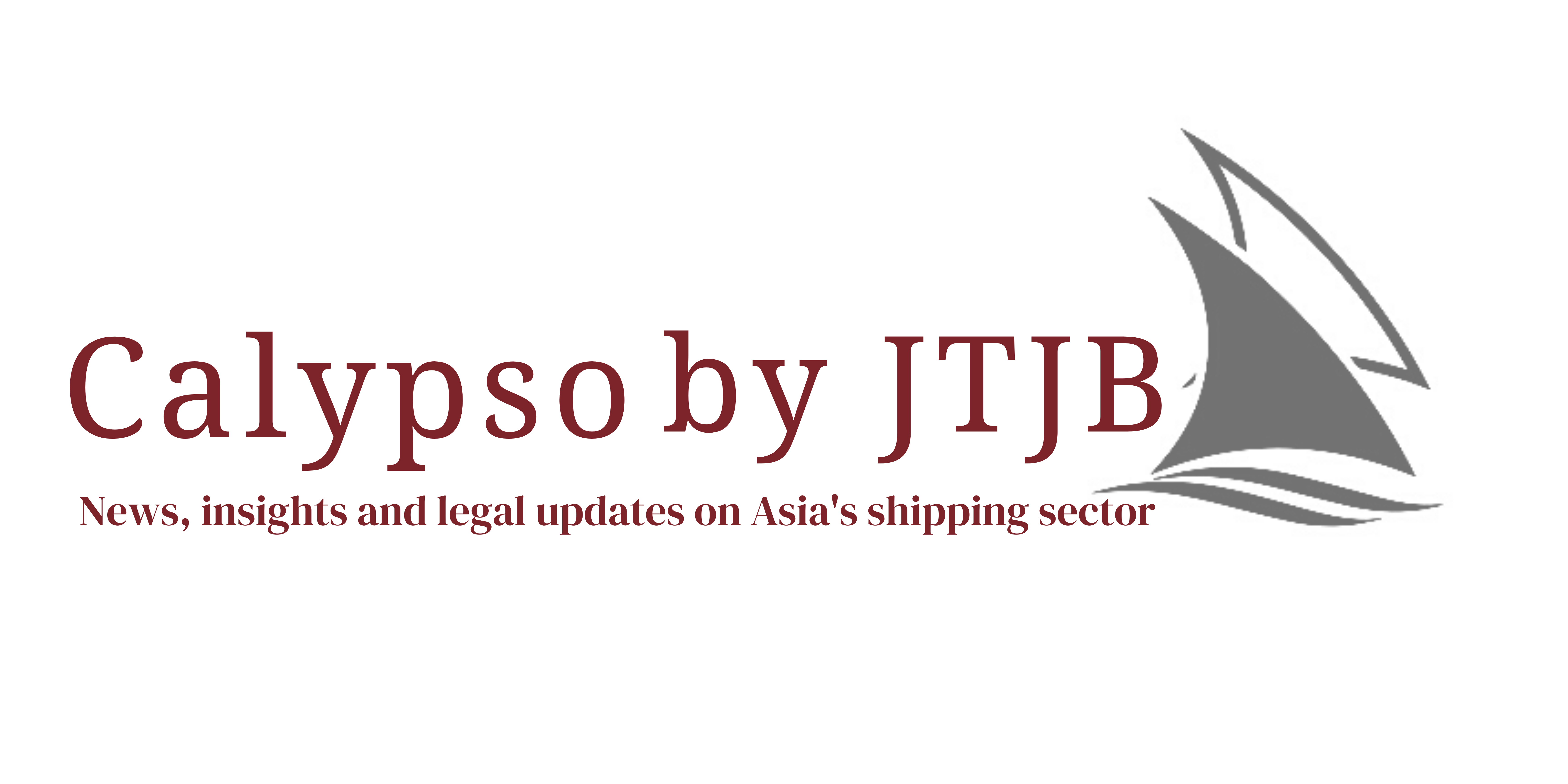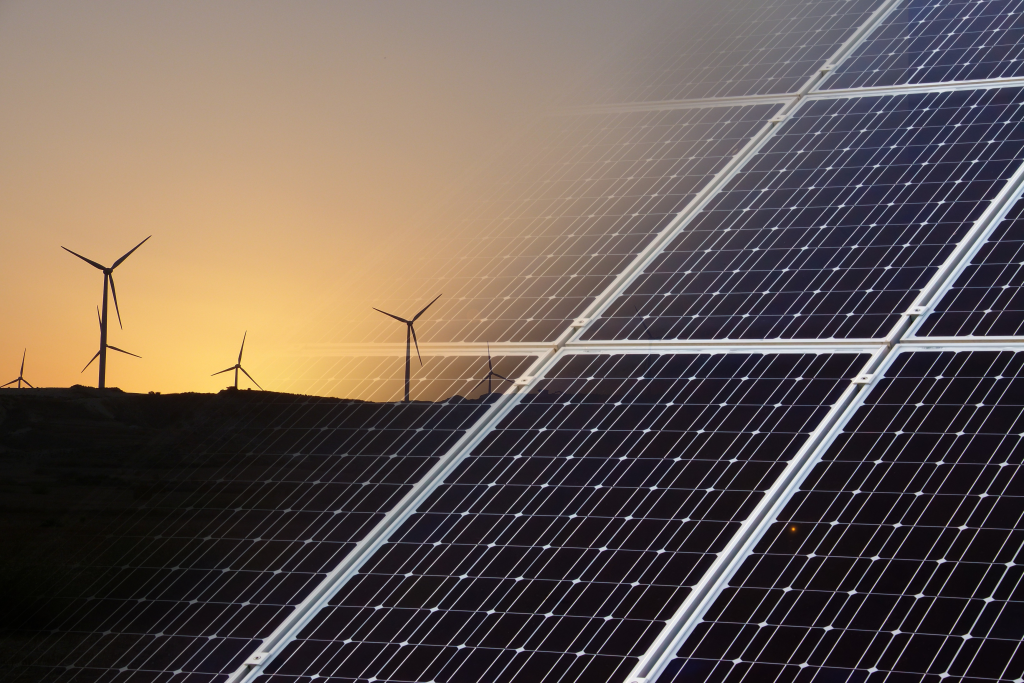
Singapore’s National Hydrogen Strategy and What it Means for Shipping Industry Stakeholders
One of the panel sessions on this year’s Singapore Maritime Week explored the potential readiness for alternative fuel options such as hydrogen as well as the associated operational infrastructure challenges and opportunities.
Cleaner fuels are increasingly emerging as alternatives to the bunker fuels currently used to power vessels. One way to reduce carbon emissions in shipping is for vessels to run on more environmentally conscious fuels such as ammonia and green hydrogen, both of which do not produce carbon. Green hydrogen uses renewable energy combined with electrolysis, however, producing green hydrogen at scale is expensive and complex. In this blog post we explore Singapore’s new hydrogen strategy and how it could impact a range of stakeholders across the shipping industry.
Addressing Climate Change and Achieving Net-Zero
In March 2022, Singapore’s Energy Market Authority commissioned the Energy 2050 Committee to report on the feasibility of Singapore’s power sector (which accounts for 40% of Singapore’s carbon emissions) achieving net-zero emissions by 2050. The Committee noted that the entire energy value chain would have to undergo “transformational changes” and recommended that Singapore develop a national hydrogen strategy to provide clarity for companies and investors.
The fourth quarter of 2022 saw Singapore implement a series of initiatives to enhance its efforts in addressing the issue of climate change and in October 2022, Deputy Prime Minister and Minister of Finance Lawrence Wong outlined Singapore’s national strategy to develop hydrogen as a major decarbonisation route.
“Hydrogen is now set to become a core component in Singapore’s strategy to achieving net-zero, and is expected to supply half of the country’s power needs by 2050,” said Danny Chua, Senior Partner at JTJB.
This is being achieved through nine strategies focused on three principles: supply, demand and grid.
Singapore’s Hydrogen Strategy – The Five Areas of Government Focus
Singapore will take steps to prepare for hydrogen deployment domestically and work with partners to build a hydrogen supply chain in Asia. The national hydrogen strategy therefore comprises 5 key areas:
- Experiment with the use of advanced hydrogen technologies at the cusp of commercial readiness through pathfinder projects;
- Invest in research and development to unlock technological bottlenecks;
- Pursue international collaborations to enable supply chains for low-carbon hydrogen;
- Undertake long-term land and infrastructure planning;
- Support workforce training and development of Singapore’s broader hydrogen economy.
“If these core areas are followed, they should position Singapore strongly to establish itself as a regional hydrogen hub, potentially setting hydrogen standards and best practices globally,” said Chua.
Potential Challenges of Adopting Hydrogen on Various Stakeholders Singapore is in the early stages of establishing a clear route for the adoption of hydrogen. However, the speed at which the proposed strategy can be adopted will depend on several factors. Below are a few potential hurdles facing a range of stakeholders, from ship owners and brokers to logistics providers and ports:- Ability to scale up production facilities (Australia and the Middle East are front-runners);
- Expense – as Singapore will import most of its low-carbon hydrogen;
- Switching to the mass deployment of hydrogen will require supply chain modifications and new infrastructure that will cost time and money. For example, Singapore lacks the infrastructure to support the transport, storage and use of hydrogen;
- Technologies are either in the early stages of development or have not yet been proven to work at scale;
- The safe and reliable use of hydrogen (and ammonia) in key end-use applications is yet to be proven;
- The current lack of international collaboration in areas such as carbon credits and renewable energy imports;
- The current lack of investment in digital technologies to allow supply, grid and demand to operate seamlessly;
- The lack of a global hydrogen supply chain.
